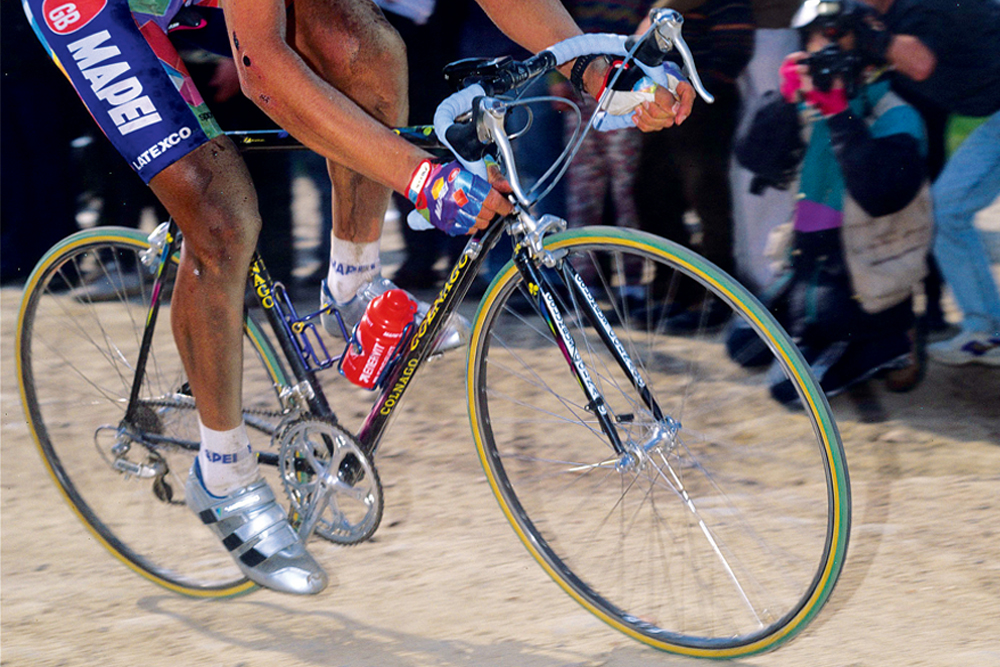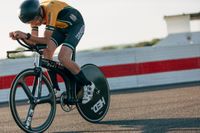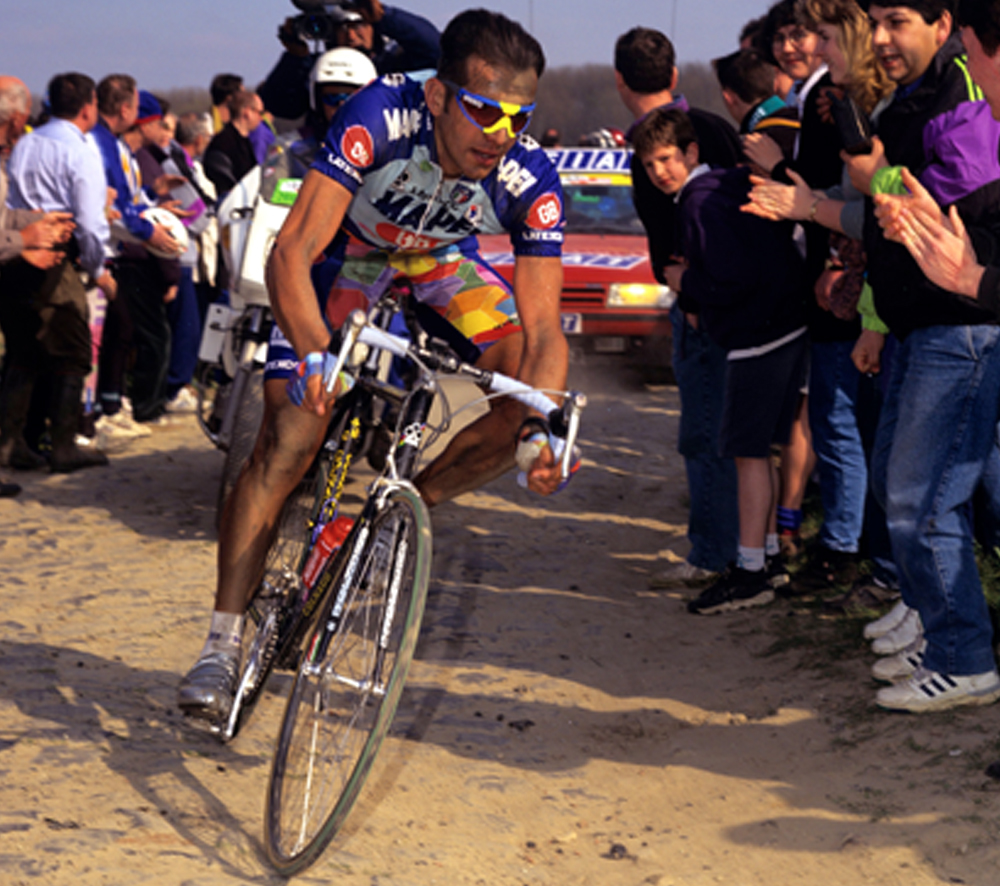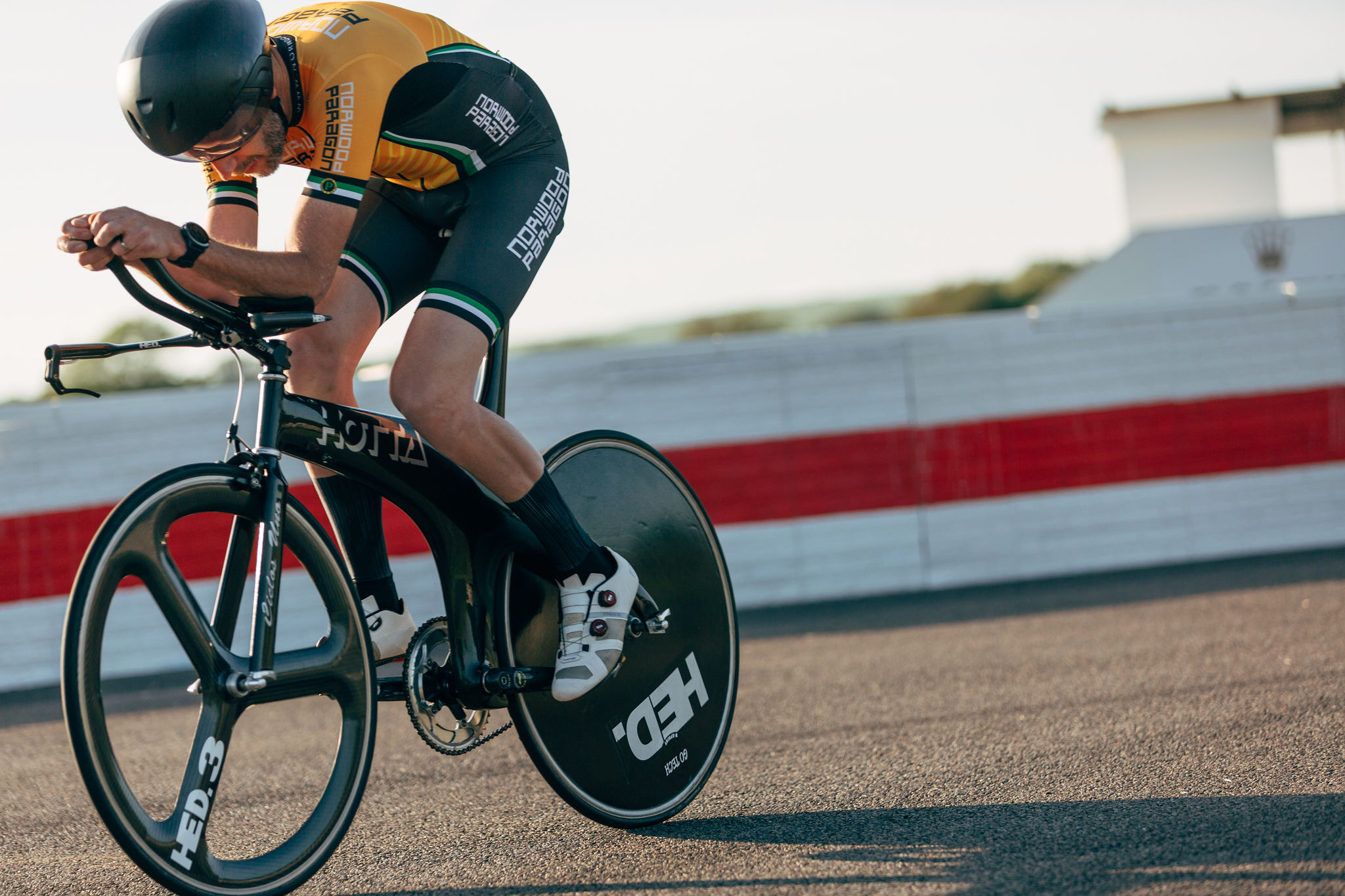Icons of cycling: Colnago C40
We take a look at the bike that started the carbon-fibre revolution

Colnago’s revolutionary C40 piloted by Franco Ballerini. Photo: Graham Watson

The potential of carbon-fibre as a superior material for bike frames was recognised in the Seventies, but it wasn’t until the arrival of the Colnago C40 in 1994 that it was actually proven — and how!
With the carbon-lugged construction of the C40 — ‘C’ for carbon and ‘40’ to commemorate Colnago’s 40th year in business — Ernesto Colnago solved the problem of how to make a carbon frame durable enough to win the toughest cobbled Classics yet light enough to soar up Alpine cols.
However, that’s only a fraction of the reason why the C40 is the favourite bike of all time for so many people — including Sir Bradley Wiggins.
Colnago could have created something with perhaps a swoopy, futuristic profile befitting its revolutionary design. Instead he kept the tubes ramrod-straight in the traditional style — albeit with the star-shaped cross-section that he had pioneered with the steel Master — but paid a true artisan’s attention to the quality of the finish: Colnago’s Art Decor paint-schemes required hours of painstaking airbrushing and masking, and they were simply breathtaking.
>>> Icons of cycling: Look’s revolutionary clipless pedals
Explosions of rich colours on a canvas of carbon weave underneath a sumptuously deep lacquer, and all framed by organic-looking carbon lugs.
It was like nothing ever before seen in cycling. The various colour options and designs — all individually slightly different as each one was done by hand — ran on for pages and pages in the Colnago catalogue.
The latest race content, interviews, features, reviews and expert buying guides, direct to your inbox!
Cubism crazy

However, there was one paint-scheme destined to become the Colnago C40 colourway: the Mapei team livery with its tumbling multi-coloured cubes.
Mapei was the team to which Ernesto Colnago gave the C40, and in turn Mapei gave Ernesto Colnago the first Paris-Roubaix win for a carbon bike, with Franco Ballerini in 1995. This moment marked the end of the road for steel and aluminium frames.
>>> Icons of cycling: Campagnolo Tool Case
And to hammer home their point, the next year Mapei and the C40 effected a clean sweep of the Paris-Roubaix podium with Johan Museeuw, Andrea Tafi and Gianluca Bortolami arriving at the Roubaix velodrome together and crossing the line in formation, all three with their arms in the air. Incredibly Mapei repeated the one-two-three at Paris-Roubaix on board their C40s twice more — in 1998 and 1999.
>>> Icons of cycling: the first Shimano STI gear shift system
The C40 remained in production as Colnago’s flagship model, ridden by Mapei and Rabobank at the top level, until 2004. In an entire decade, the frame went mostly unchanged, with just the seatstays updated to the wishbone-style B-Stay design and the chainstays reworked to incorporate the HP (‘High Power’) diamond-shaped cut-out that was intended to simultaneously add stiffness and reduce vibration.
Ernesto Colnago knew he had created something special. Other Italian brands have moved production to the Far East but Colnago’s current top model, the C60, still uses the legendary carbon-lugged design and, like its predecessor, is still handmade in Cambiago.

Thank you for reading 20 articles this month* Join now for unlimited access
Enjoy your first month for just £1 / $1 / €1
*Read 5 free articles per month without a subscription

Join now for unlimited access
Try first month for just £1 / $1 / €1
Simon Smythe is a hugely experienced cycling tech writer, who has been writing for Cycling Weekly since 2003. Until recently he was our senior tech writer. In his cycling career Simon has mostly focused on time trialling with a national medal, a few open wins and his club's 30-mile record in his palmares. These days he spends most of his time testing road bikes, or on a tandem doing the school run with his younger son.
